- Home
- Succulents
- Portulacaria
- Portulacaria afra macrophylla
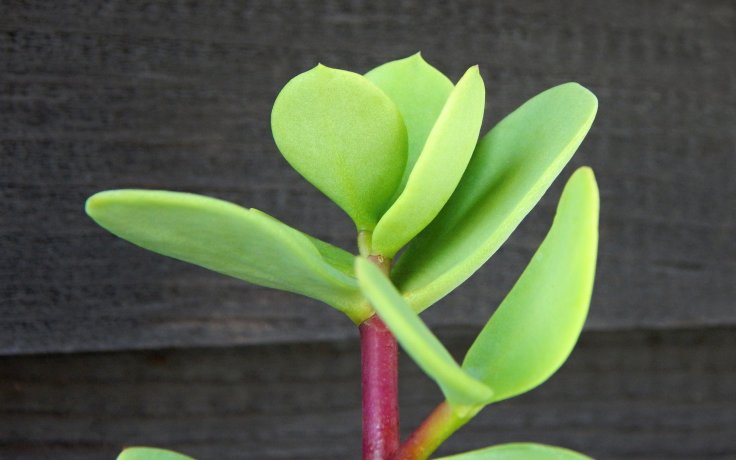
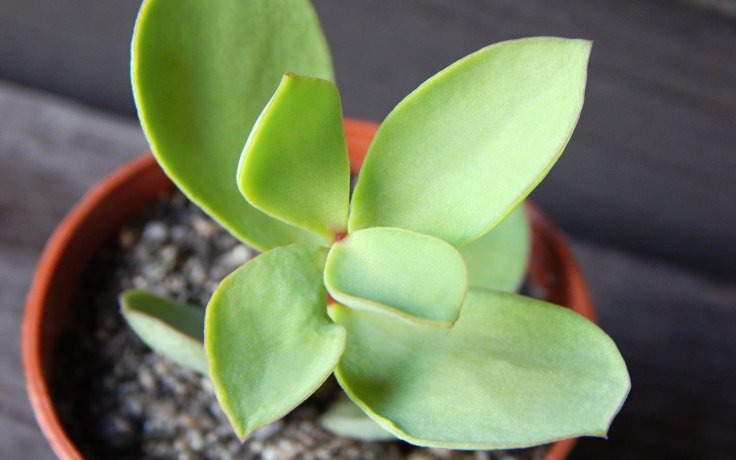
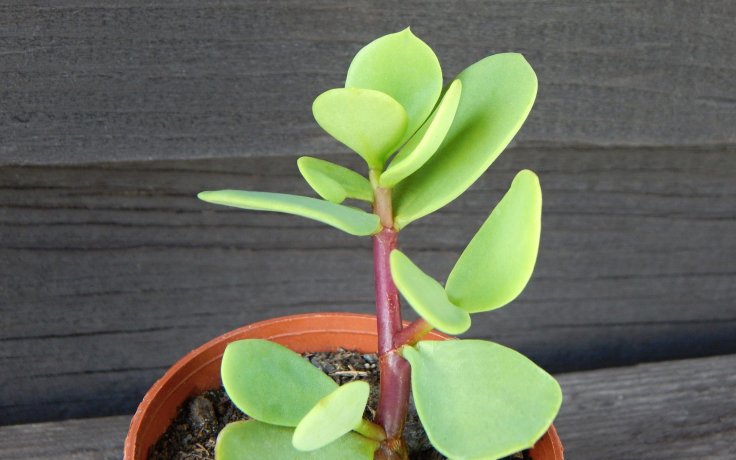
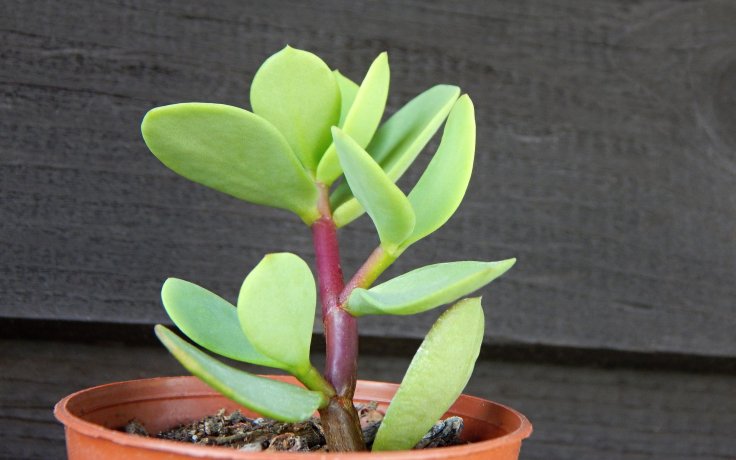
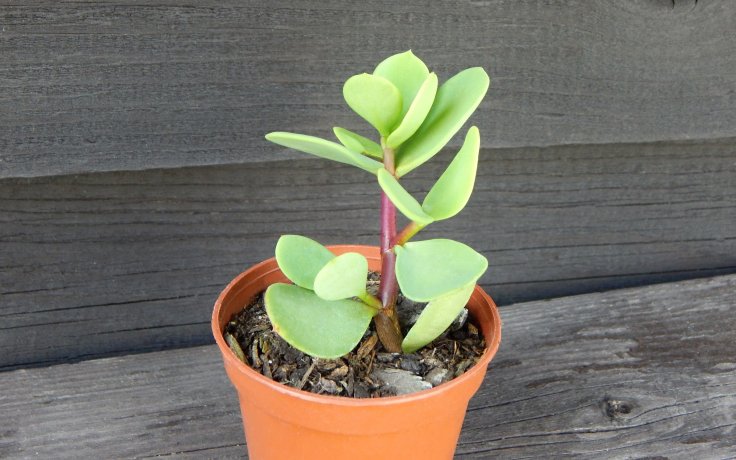
Portulacaria afra macrophylla
Place ideally in a sunny location, but can be placed in partial shade.
Always water a few days after the substrate has dried out. Reduce watering in winter.
It can tolerate -3.9 °C in the short term. However, the plant is not hardy.
It is a form with larger and thicker leaves than the classic Portulacaria afra.
Portulacaria afra macrophylla, full name Portulacaria afra var. macrophylla, is a succulent plant with larger leaves than the classic Portulacaria afra. The name 'macrophylla' means 'large-leaved' in latin.
The leaves of Portulacaria africa are glossy green, opposite and larger than those of the common form. Their size may vary, but they tend to be more fleshy and less deciduous. They are generally more solid and robust. The stems turn reddish-purple to reddish-brown and the plant forms a densely branched succulent shrub or small tree.
In its natural habitat, Portulacaria produces small, pink to purplish flowers that bloom in dense clusters. In our conditions, however, flowering is very rare.
This succulent plant is hardy and can withstand harsh conditions. It can survive long periods of drought, to which it reacts by shriveling its leaves and then dropping them. It can be shaped and pruned. With the help of wire, it can be turned into a succulent bonsai exactly to your liking. Portulacaria afra macrophylla is also used as a rootstock for grafting. Many people confuse it with Crassula ovata. They are certainly similar in many ways, but they differ, for example, in the colour of the cyme or the volume of the leaf. According to some sources, the leaves of this non-toxic plant are edible and rich in vitamin C, with a pleasant sour taste. However, I prefer not to recommend their consumption. It is a large-leaved variant of a notorious plant among growers. This purslane is a succulent beauty with large leaves.